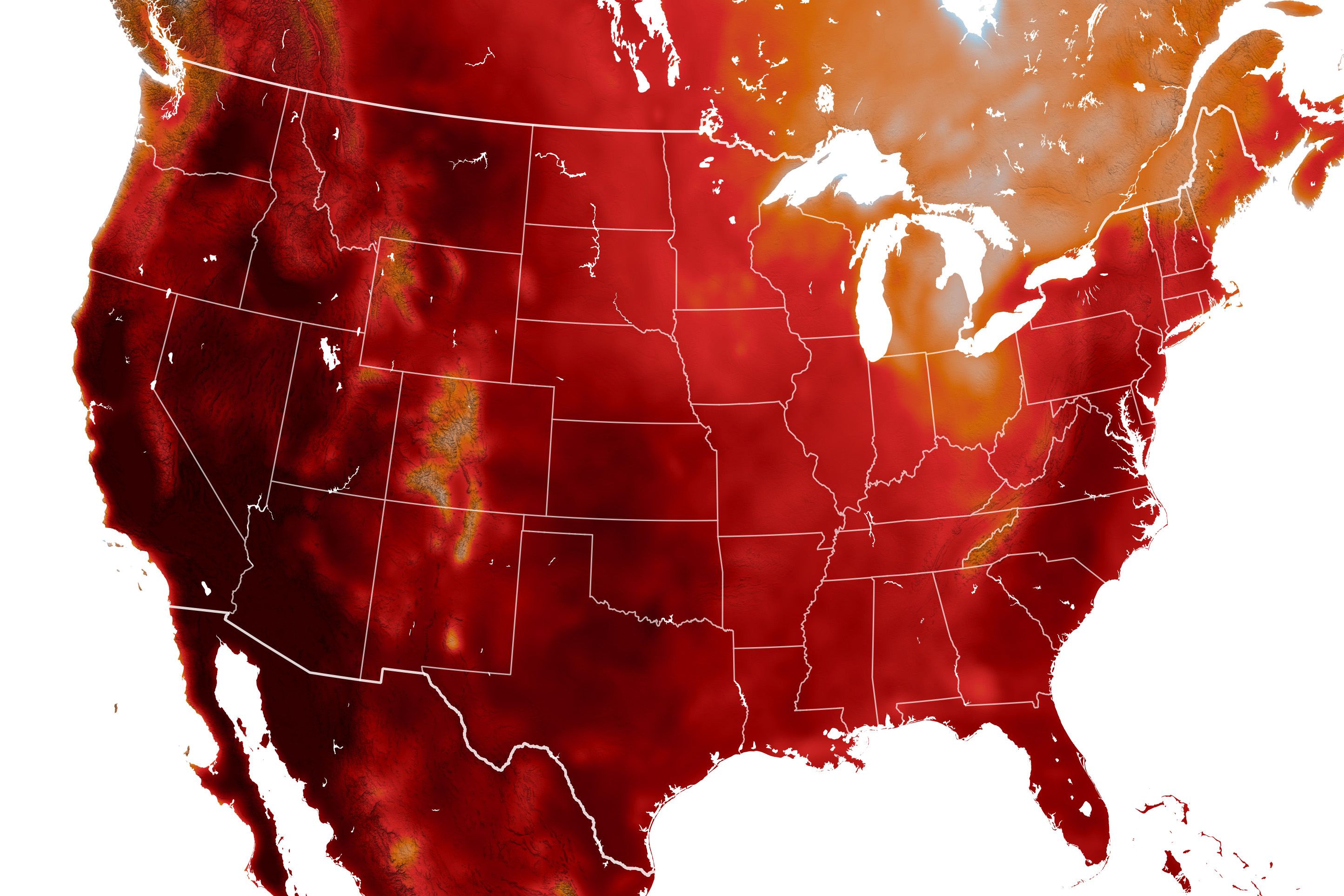Portland faced an Extreme Heatwave, enduring several days of triple-digit temperatures that tested the city’s resilience. As reported by KGW-TV and KOIN 6, the city grappled with record-breaking overnight lows and the activation of cooling centers to protect residents from the intense heat. While the worst appears to be over with the arrival of cooler air, the recent heatwave serves as a stark reminder of the increasing frequency and intensity of extreme weather events.

Table of Contents
Portland’s Triple-Digit Ordeal
Portland experienced a significant heatwave characterized by consecutive days of extreme temperatures. According to KGW, the city registered three days with highs reaching 100 degrees Fahrenheit or higher. While this was a notable event, it did not surpass the record set in 1941, which saw five consecutive days of triple-digit heat. However, the intensity of the recent heatwave was underscored by record-breaking high overnight low temperatures recorded on July 7, 8, and 9, preventing residents from finding relief even during the night.
Record Overnight Lows
The sustained high temperatures were particularly challenging due to the lack of nighttime cooling. The record-breaking high overnight low temperatures meant that homes and buildings retained heat, making it difficult for residents to recover from the daytime heat. This phenomenon exacerbated the health risks associated with the heatwave, especially for vulnerable populations such as the elderly and those without access to air conditioning. The specific overnight low temperature records and their comparison to historical data would provide a clearer picture of the severity.
Excessive Heat Warning and Community Response
In response to the escalating temperatures, an excessive heat warning was issued, cautioning residents about the potential dangers of prolonged exposure to the heat. The warning highlighted the possibility of highs near 100 degrees Fahrenheit or even triple digits in parts of the valley, prompting local authorities to take proactive measures to protect the public. Multnomah County, in particular, reopened cooling centers to provide a safe and air-conditioned environment for residents seeking respite from the heat.
Cooling Centers Activated
The activation of cooling centers in Multnomah County served as a crucial resource for residents without adequate access to air conditioning. These centers offered a place to cool down, hydrate, and seek relief from the extreme temperatures. The county’s decision to reopen these facilities demonstrates a commitment to public health and safety during periods of extreme weather. Information on the specific locations, hours of operation, and resources available at these cooling centers would be valuable for residents seeking assistance.
Relief on the Horizon
Fortunately, the heatwave was expected to ease as cooler air moved into the region. The forecast indicated a potential shift in weather patterns, bringing relief from the persistent high temperatures. The prospect of rain further contributed to the anticipation of cooler conditions, offering a welcome change from the oppressive heat. This shift in weather patterns is crucial not only for immediate relief but also for mitigating the long-term effects of the heatwave on the environment and public health.
Anticipating Cooler Air and Rain
The arrival of cooler air and potential rainfall marks a significant turning point in the region’s battle against the heatwave. These changes promise to alleviate the immediate health risks associated with prolonged exposure to high temperatures and provide much-needed relief for residents and infrastructure strained by the extreme conditions. The anticipated weather shift also highlights the dynamic nature of climate patterns and the importance of preparedness in the face of increasingly frequent and intense weather events. The expected temperature drop and the likelihood of rain should be closely monitored to assess the effectiveness of the weather change in mitigating the heatwave’s impact.
Analyzing the Portland Heatwave
The Portland heatwave underscores the growing challenges posed by extreme weather events. Understanding the factors that contributed to this heatwave, its impact on the community, and the effectiveness of the response measures is crucial for developing strategies to mitigate future risks. Analyzing temperature trends, weather patterns, and the vulnerability of specific populations can provide valuable insights for policymakers and emergency management officials. The information reported by KGW and KOIN 6 offers a glimpse into the immediate impact of the heatwave, but further investigation is needed to fully assess the long-term consequences.
Lessons Learned and Future Preparedness
The experience gained from the Portland heatwave offers valuable lessons for future preparedness. By examining the strengths and weaknesses of the response efforts, identifying vulnerable populations, and improving communication strategies, the city can enhance its ability to cope with similar events in the future. Investing in infrastructure improvements, such as expanding access to air conditioning and developing more resilient energy systems, can also play a crucial role in mitigating the impact of extreme heat. The analysis of the recent heatwave should serve as a catalyst for proactive measures aimed at protecting the community and minimizing the risks associated with climate change.
In conclusion, Portland’s recent experience with extreme triple-digit heat underscores the urgent need for proactive measures to address the challenges posed by climate change. The city’s ability to withstand such events in the future depends on a combination of preparedness, community resilience, and effective policy interventions. By learning from the lessons of this heatwave and investing in long-term solutions, Portland can build a more sustainable and climate-resilient future for all its residents.
